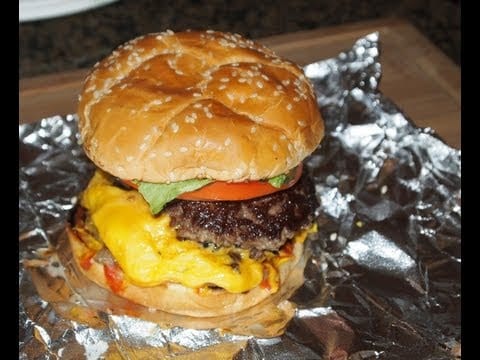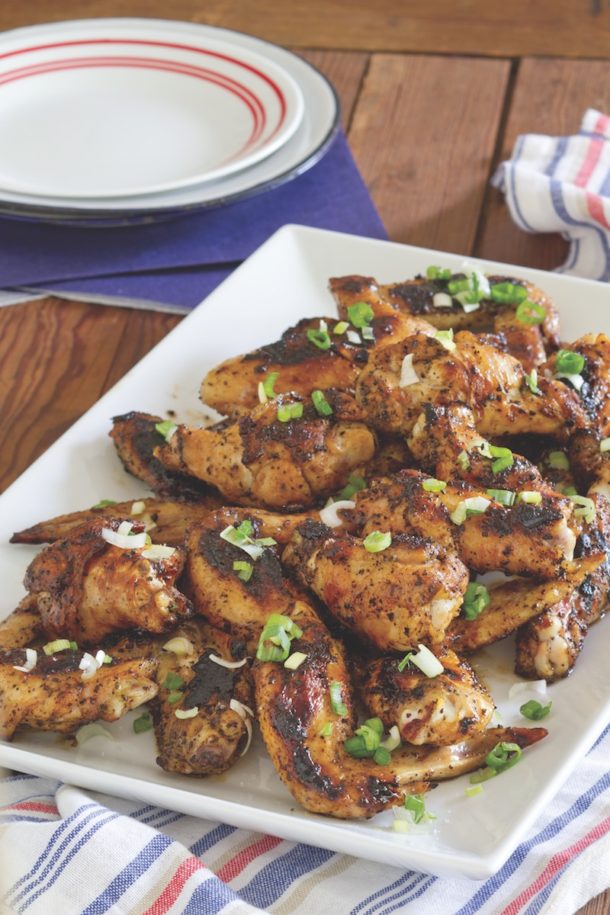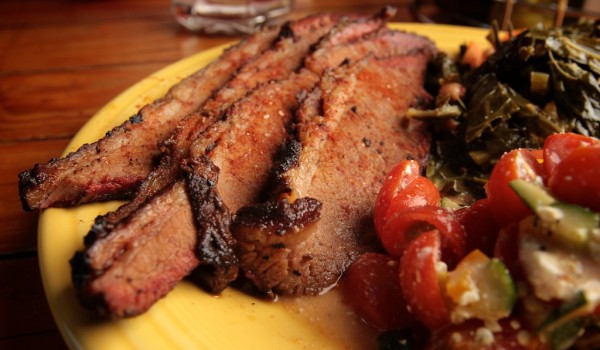The Ultimate Guide to Grilled Pizza
Restaurant Quality Grilled Pizza Anyone?
The single best way to get restaurant quality pizza at home is through grilling. Crazy? Maybe, but after you do it once, you will do it over and over again. It can be that good if you do it right.
Doing it right is the thing though. There are a few key things you need to know and by following the guide here, you will be a master Pizza griller in no time at all.
Ready for some fun? This is the way to do Pizza!
Let’s go!
How to Grill Pizza
Grilled pizza is made by laying a stretched piece of dough directly on the grates over hot coals, cooking the first side, flipping it, topping it in reverse order (that’s cheese, then sauce), then returning it to the fire to cook the second side. As the second side cooks, the cheese melts, and the sauce warms. It’s as simple as that.
Here’s how to get it done.
Make Dough
Any type of pizza dough will work on the grill, but I generally use the recipe here, making it the night before, letting it rise in the fridge overnight, then portioning it for its second rise a few hours before I plan on grilling.
The dough in that recipe is hydrated at 66% (8 ounces of water for 12 ounces of flour), a little lower than my normal Neapolitan pizza dough recipe. If you are worried about having trouble stretching the dough and laying it over the coals, you might want to cut down the water even a little more (take out, say, 1/4 cup from the recipe) to give you a slightly tighter dough to work with. The texture won’t be quite as puffy and airy, but it’ll still get the job done.
Get Your Other Ingredients Ready
If there’s one thing that’s of the utmost importance with grilled pizza, it’s having everything on hand and organized before you start. The pies cook so fast (under a minute per side, depending on the strength of your fire) that there’s no time to fumble around looking for your cheese or your toppings.

Along with your dough, a surface for rolling, and a rolling pin, for a basic pie, you’ll need, in this order:
- A cup of extra-virgin olive oil with a brush. You can flavor the oil with garlic, chilis, or herbs, if you’d like.
- Kosher salt and a pepper mill filled with black pepper.
- Shredded melting cheese (like Mozzarella, Fontina, or Jack).
- A block of hard, flavorful cheese like Parmesan or Pecorino, along with a grater.
- Roughly pureed, seasoned tomatoes and a spoon (I just pulse a drained jar of San Marzanos in the food processor a couple times and season with salt).
- Toppings (more on this later), with forks or spoons for applying them.
- Garnishes (I like to use roughly chopped basil or finely sliced scallion greens).
I prefer to keep all ingredients in individual containers on a single tray or table right next to the grill so I don’t have to move around much. You’ll also want a thin pizza peel, or at the very least a large, thin spatula for moving the pie around.
Ignite Your Coals
I use a full, slightly overflowing chimney of coals, which will provide enough continuous heat to cook at least a half dozen pies.
Spread the coals under one side of the grill (leave the other side unheated so that you have space to slide the pizza while you top it), then cover the grill to let the grates heat up.
Roll Your Dough
You can work one ball of dough at a time while you’re cooking, but I find it much easier to roll out a half dozen at a time, stacking them in between well-floured sheets or parchment paper (keep them in a cool place, like in a cooler after rolling and stacking, or they will expand and stick). That way, you can fire them off one after the other without any break in the dining.

After rolling the dough out, brush one side with a thin coat of olive oil (this’ll help it brown more evenly) and a sprinkle of salt and pepper.
Grill the First Side

Lay the dough oiled-side-down on the grates and allow it to cook for about a minute, shifting and rotating it every fifteen seconds or so to cook it evenly. It should start to bubble and blister within 10 seconds. This is fine. You can flatten any extra large bubbles, but anything under two inches or so will take care of itself when you flip the dough.
While it’s cooking, brush the top side with a little more oil.
Flip and Top

Once the first side is cooked, flip the pie and slide it over to the cool side of the grill. Working fast, apply a sparing amount of cheese (about 1 1/2 ounces of shredded mozzarella and 1/2 an ounce of grated Parmesan is what I aim for) directly to the top of the pizza. The residual heat from the crust should begin to melt it. Next, dot your sauce onto the pie in distinct piles, which helps keep everything neater than simply smearing it around (and disturbing the cheese).
Finally, add the toppings of your choice (again, more on those in a bit). If you want your cheese extra melty, you can cover the grill for 30 seconds or so at this point while the pizza is sill on the cool side.
Finish’er Off!

It’s time to slide that pie right on back over the coals (I find it helps to slide it along the same orientation as the grates rather than fight against them, using them as kind of casters to move your pizza about) and cook the second side just like the first.
You’ll want to get your peepers right on down to grill level in order to peek under the pizza as it cooks by lifting the edges with a spatula. That’s really the only way to gauge doneness without knocking the toppings off. As before, you’ll have to rotate the pie frequently to get it to cook right. But when it does, boy, is it worth the work.
The Toppings
Topping a grilled pizza is a completely different beast from topping a regular pie. Why? Because once you add the toppings, they don’t get heated again like they would in a normal pizza oven. That means that every topping you use has to either be par-cooked, grilled, or thin enough that it’ll cook through via the residual heat in the pizza.




